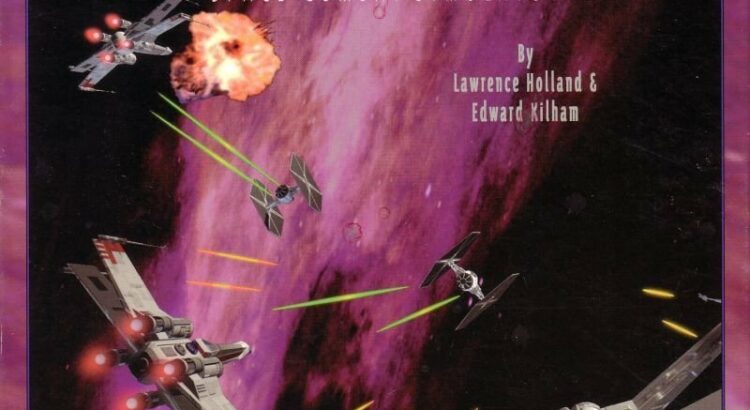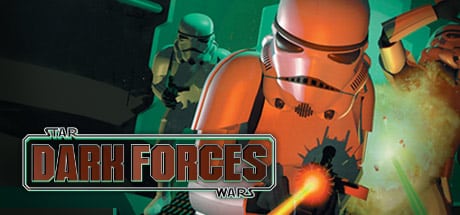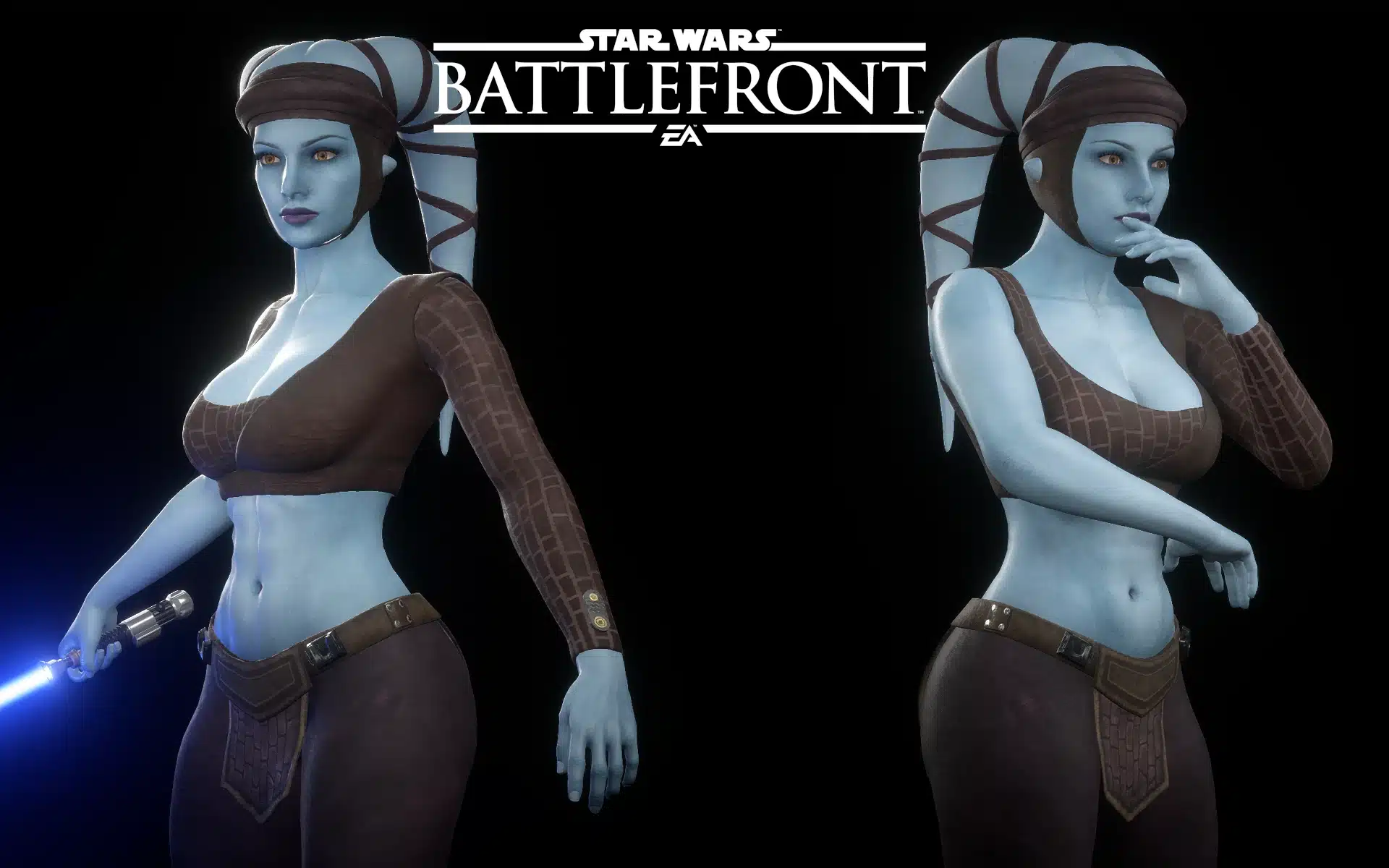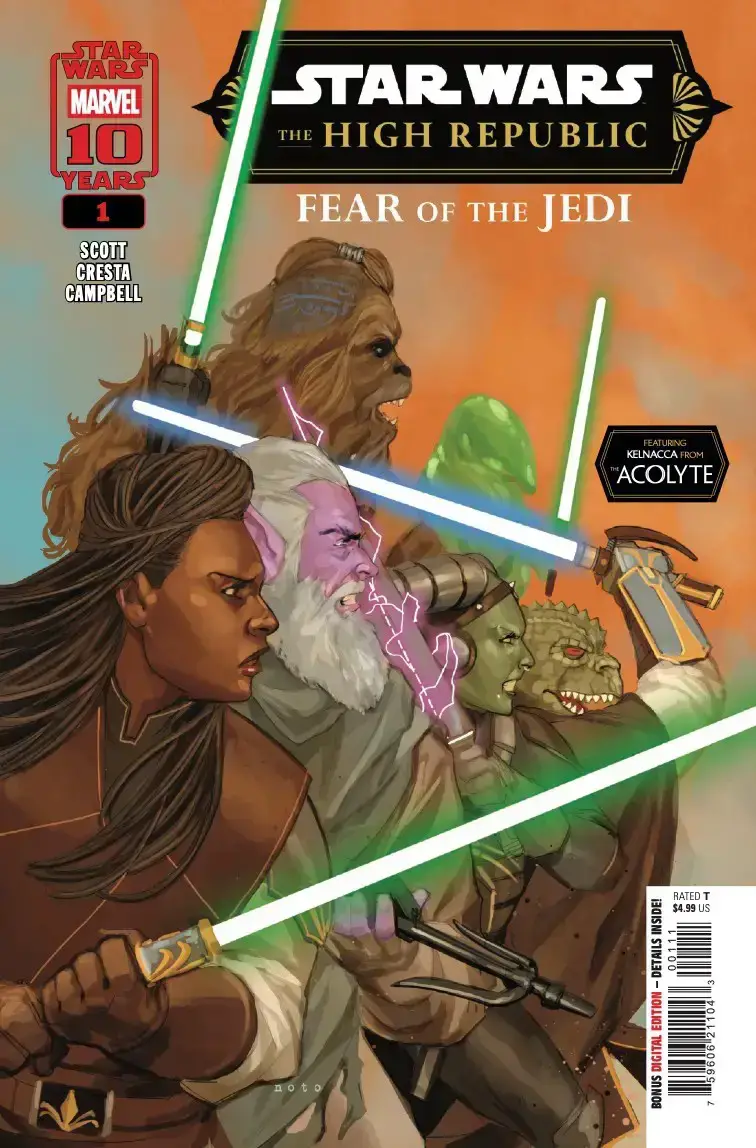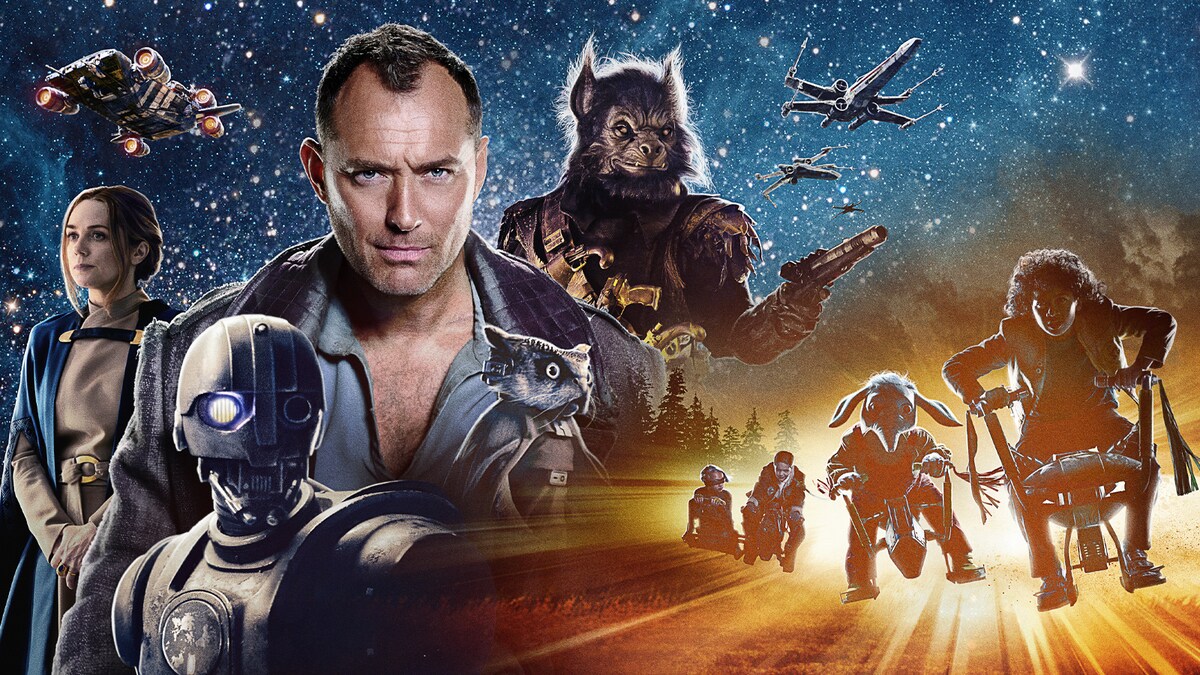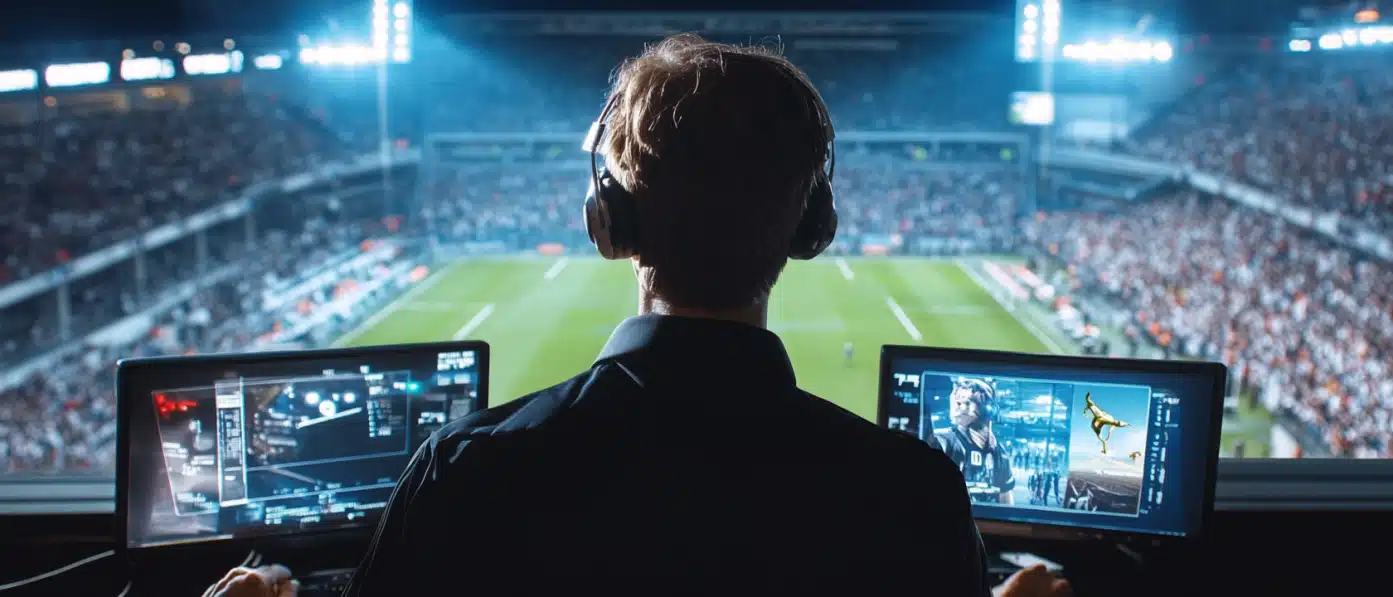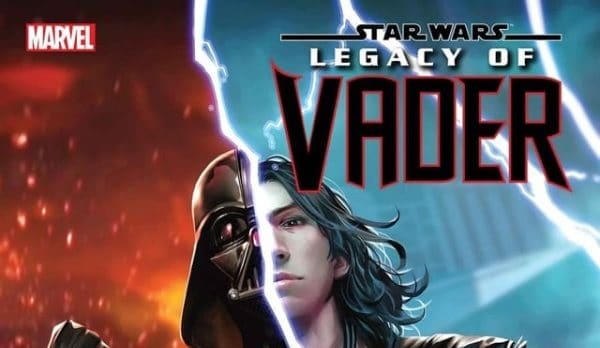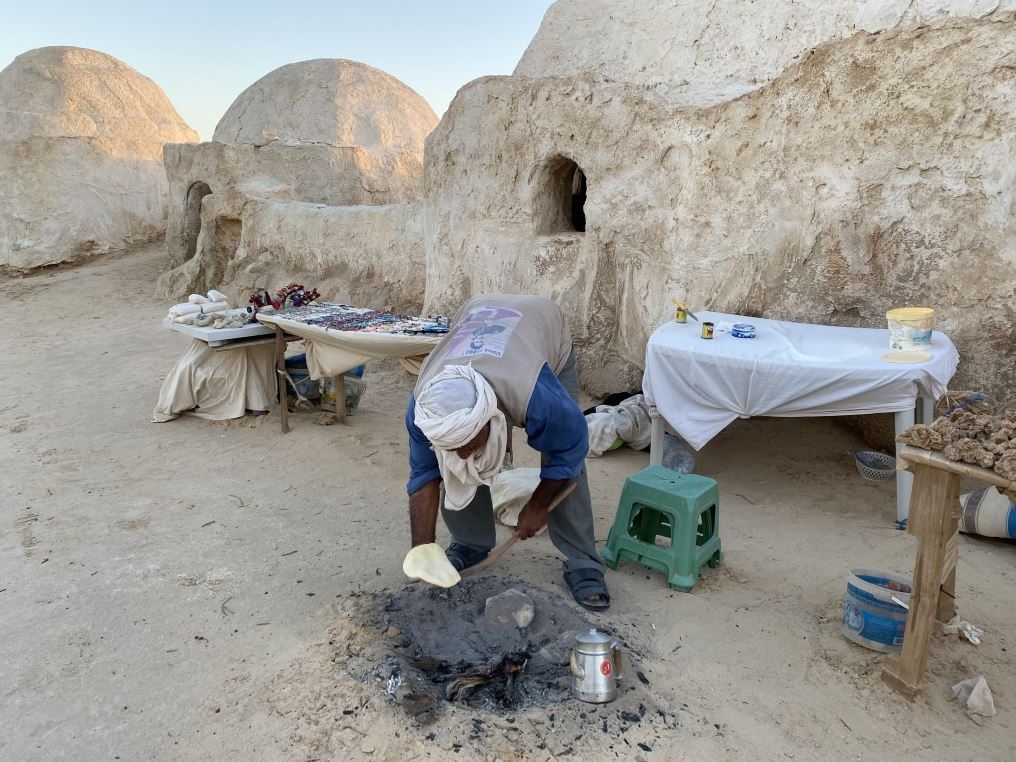On this day in 1993, Star Wars: X-Wing launched players into the cockpit of one of the most legendary starfighters in sci-fi history. It was the first game that truly made players feel like Rebel pilots, dodging TIE Fighters, protecting the fleet, and taking on the Empire’s deadliest warships in deep space.
Before X-Wing, Star Wars space games were primarily arcade-style shooters, focused on fast reflexes rather than strategy. LucasArts changed everything with this fully immersive, story-driven space combat simulator.
Now, 31 years later, X-Wing is still regarded as one of the most important Star Wars games ever made. Let’s take a deep dive into how it changed gaming, why it remains relevant today, and how it helped spawn an entire line of comics and novels that expanded the lore of the Rebel starfighter pilots.
👉 Want to own a piece of Star Wars gaming history?
- Star Wars: X-Wing Collector’s CD-ROM – PC (For collectors and retro gaming fans)
How X-Wing Revolutionized Star Wars Games
In the early ’90s, flight simulators were dominating the PC gaming world. Titles like Wing Commander and Elite had set the stage for deep, tactical space combat. However, Star Wars was still focused on arcade-style shooters, with little emphasis on realism.
LucasArts saw an opportunity to create something different—something that put players inside the cockpit of the Rebellion’s finest starfighters and gave them full control over their missions. The result was X-Wing, a game that wasn’t just about dogfighting TIE Fighters but about becoming a real pilot in the Star Wars galaxy.
What Made Star Wars: X-Wing Unique?
There were plenty of space combat games before X-Wing, but none felt as immersive. Here’s what made it stand out:
1. A True Star Wars Pilot Experience
Rather than simply placing players in wave-based shooting galleries, X-Wing offered fully designed missions connected to the larger Galactic Civil War. Players were tasked with:
- Escorting convoys across hyperspace lanes
- Defending Rebel bases against Imperial attacks
- Attacking Imperial Star Destroyers and cutting off supply lines
- Leading up to the game’s final mission—assaulting the Death Star
Each mission felt like a critical part of the war effort, giving players a sense of purpose beyond just surviving.
2. Tactical Combat with Power Management
Unlike simpler shooters, X-Wing required full resource management. Players had to balance:
- Shield power – Adjusting between front and rear shields depending on enemy position
- Engine speed – Redirecting energy to speed or weapons based on combat needs
- Weapon power – Deciding whether to fire rapid, low-damage shots or charge powerful blasts
This strategic layer added depth to every dogfight, making players think like real pilots rather than arcade gunners.
3. Flying More Than Just X-Wings
While the game was called X-Wing, players weren’t limited to just one ship. The game let you pilot:
- Y-Wings – Slow but heavily armored, excellent for bombing runs
- A-Wings – Extremely fast and agile, ideal for outmaneuvering enemies
Each starfighter had unique handling and capabilities, meaning missions had to be approached differently based on the ship you were flying.
4. Immersive Star Wars Sound Design
LucasArts didn’t hold back on audio quality. The game’s adaptive soundtrack responded to on-screen action, making battles feel cinematic. When TIE Fighters attacked, the music swelled in intensity. When players completed objectives, the score shifted into triumphant Rebel themes.
Combine this with authentic blaster sounds, R2-D2 beeps, and Imperial sirens, and X-Wing felt like stepping into a Star Wars movie.
X-Wing’s Impact on Star Wars Comics and Novels
The success of X-Wing wasn’t just about gaming—it helped inspire an entire wave of Star Wars stories.
Shortly after the game’s release, Lucasfilm saw the potential for expanding the lore of Rebel pilots. This led to the creation of:
X-Wing Rogue Squadron Comics
The Rogue Squadron comic series expanded on the adventures of Wedge Antilles and his elite squad of pilots. It built on the dogfighting tactics, space battles, and characters introduced in the game, creating one of the most beloved Star Wars comic runs.
👉 Want to experience the comics that expanded the X-Wing universe?
X-Wing Novels: Expanding the Rebel Pilot Stories
The X-Wing novels, written by Michael Stackpole and Aaron Allston, took things even further, introducing:
- New Rebel heroes beyond Luke and Han
- Epic space battles on par with the movies
- A deeper look at Imperial forces from a pilot’s perspective
These books became fan-favorites, giving starfighter combat the same narrative weight as lightsaber duels.
👉 Check out one of the most thrilling novels in the X-Wing series:
The Legacy of X-Wing: A Game That Defined Star Wars Flight Sims
The success of X-Wing paved the way for an entire series, including:
- TIE Fighter (1994) – A sequel that let players fight for the Empire
- X-Wing vs. TIE Fighter (1997) – Introduced multiplayer dogfights
- X-Wing Alliance (1999) – Added capital ship battles, like piloting the Millennium Falcon
Even modern games like Star Wars: Squadrons owe their DNA to X-Wing, proving that its impact still echoes through the galaxy.
Does X-Wing Still Hold Up Today?
For modern players, jumping into X-Wing can be a challenge. The pixelated graphics, complex controls, and steep difficulty curve make it a true relic of 90s gaming.
But for those willing to embrace old-school mechanics, X-Wing still delivers one of the best Star Wars flight experiences ever made.
👉 For collectors and retro gaming fans, here’s how to get a physical copy of Star Wars: X-Wing:
Wrapping It Up
Star Wars: X-Wing was more than just a game—it was an experience. It let players live out their fantasy of becoming Rebel pilots, influencing countless Star Wars games, comics, and books in the years that followed.
Even after 31 years, X-Wing remains a landmark in gaming history. It proved that space combat could be cinematic, strategic, and deeply immersive, setting the standard for everything that followed.
For those who grew up with it, X-Wing will always be the gold standard for Star Wars flight games. And for those who never played it? It’s never too late to jump in and experience the game that made everyone feel like a Rebel pilot.


